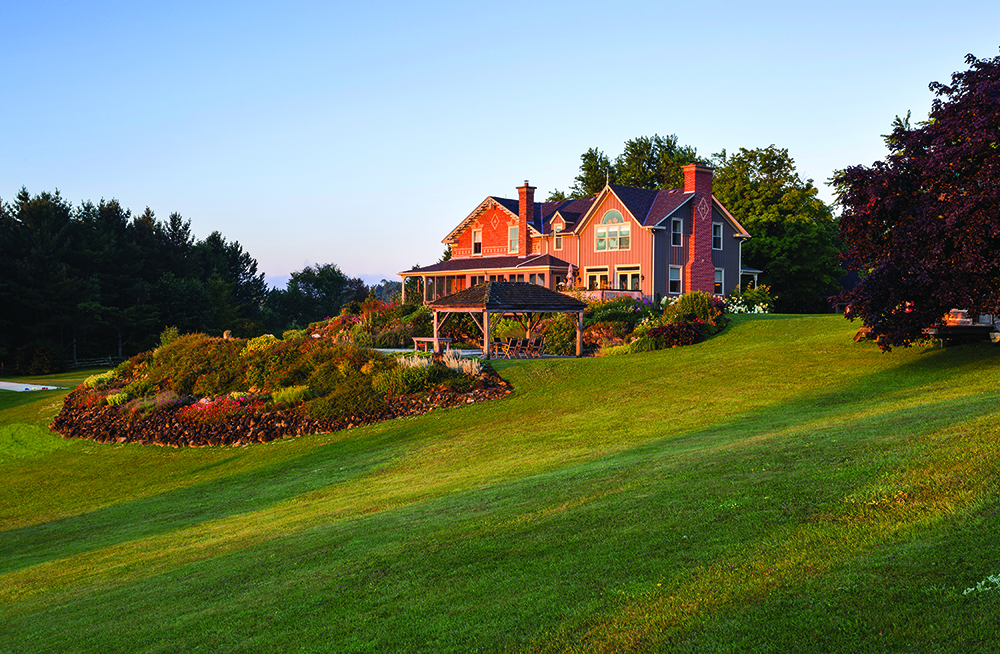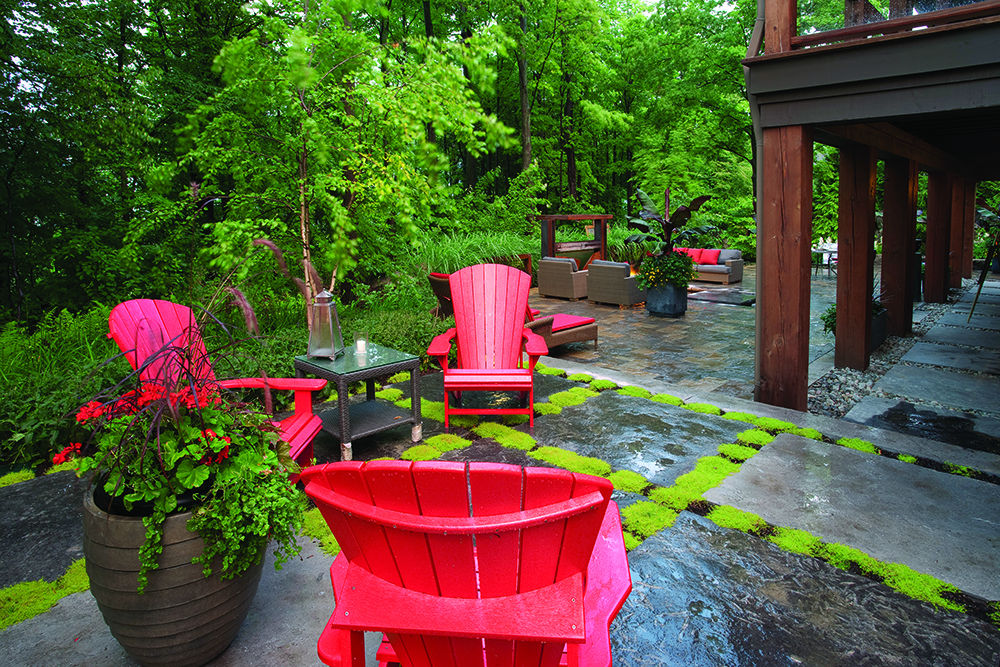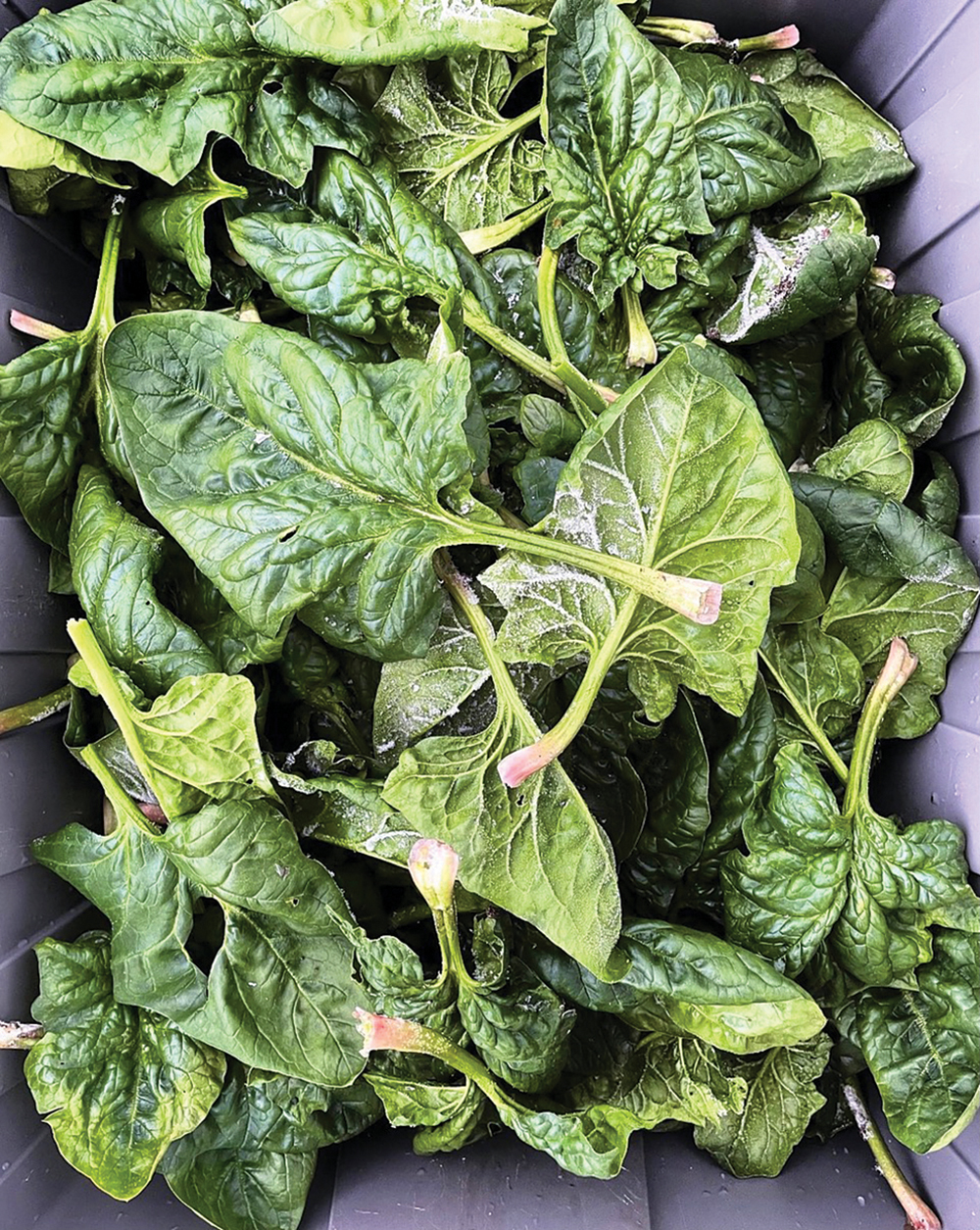
Extend your homegrown harvest into the fall or winter with a plant-protecting structure.
by Joanne Nijhuis // Photography by Joanne Nijhuis
Let’s face it, our Canadian climate is not always kind to the hobby gardener. As autumn approaches, so does the promise of frost and the resignation, or perhaps the relief, that another growing season has come to an end.
And yet, a subculture of enterprising growers is fiercely confronting Southern Georgian Bay’s split personality and harvesting produce practically year-round.
Going beyond mulch and burlap, protective plant structures can extend the gardening season by two, three or even six months. Greenhouses, hoop houses, high tunnels, low tunnels, polytunnels and cold frames—often referred to interchangeably—all offer different features and benefits for extending the growing season.
Greenhouses
A true greenhouse is the gold standard of plant protection—a permanent, climate-controlled structure with a floor that shields plants from the elements throughout the winter.
“The sky’s the limit as to what you can do and spend to extend your gardening season with a greenhouse,” says Ontario-based horticulturist and landscape designer Charlie Dobbin.
Architecturally stunning greenhouses with ventilation and heating to maintain the correct temperature, humidity and airflow absolutely top the list as far as features and capabilities go: but they are also the most expensive option. And don’t forget the ongoing costs of operating them year-round.
If you are willing to roll up your sleeves and build your own greenhouse, you can find a number of inexpensive modular kits at big box stores, garden centres or online. Planta Greenhouses, Palram and Rion all offer a variety of DIY kits at different price points starting at under $1,000. Just make sure the kit you buy is designed to withstand the expected snow load and wind conditions at your location.
The easiest way to extend your gardening season is with a cold frame or two, especially if you do not have the space to install a walk-in hoop house on your property.
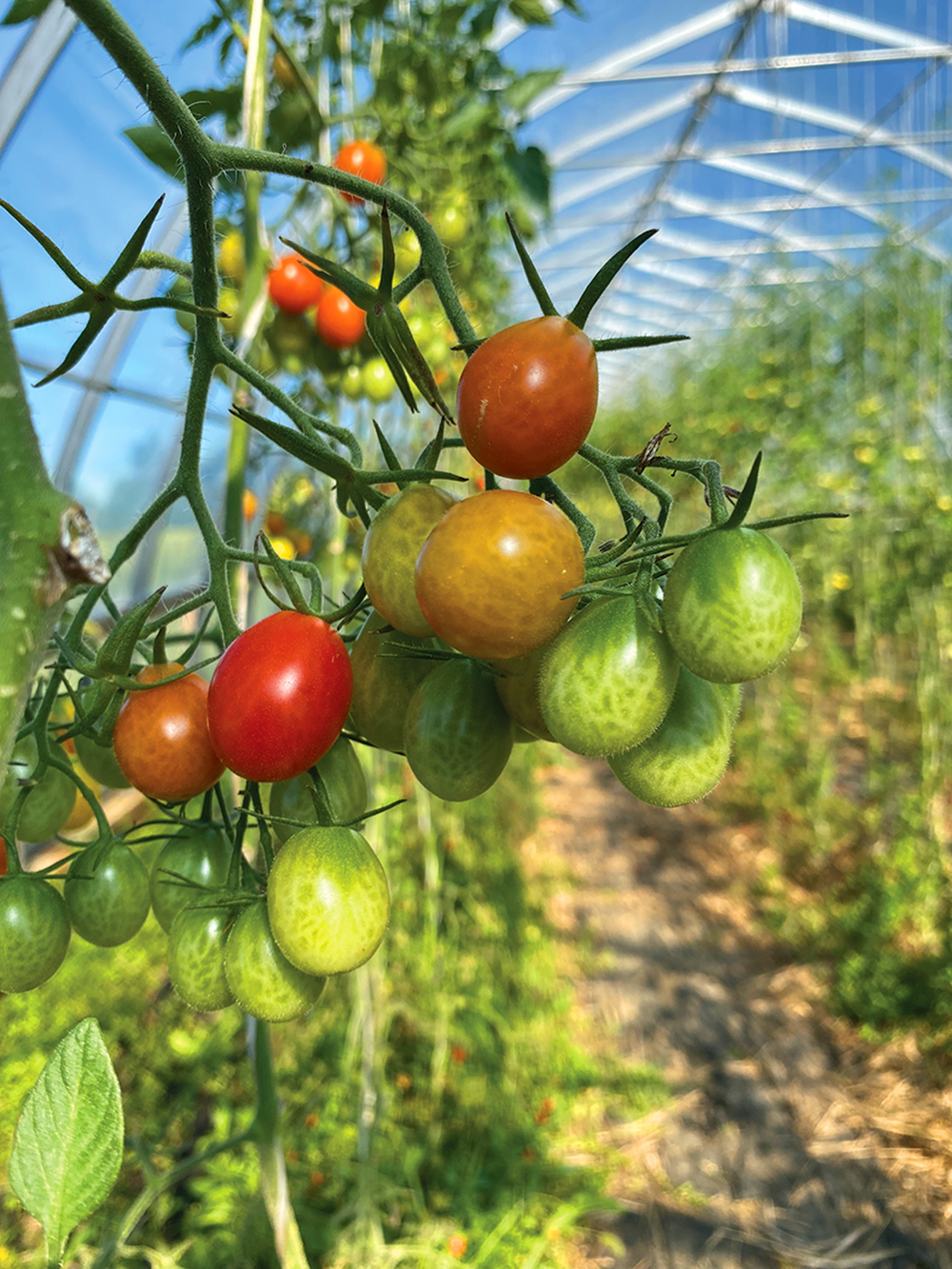
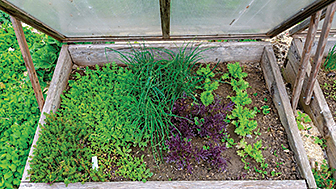
Hoop Houses
Economical alternatives to greenhouses for extending the gardening season are semi-permanent hoop houses. Also referred to as high tunnels, low tunnels or polytunnels, hoop houses are typically made from wood, steel or PVC piping and covered with plastic sheeting.
The North American company Planta Greenhouses offers a nice selection of both residential and commercial walk-in hoop house kits. Designed for our climate, the kits can withstand snow loads of up to two metres and winds maxing out at 100 kilometres per hour.
Unlike a greenhouse, a hoop house does not have a floor and is often unheated, using passive solar energy to trap heat and keep plantings alive during the colder months. As heat escapes at night and on cloudy days, the temperature fluctuates, but the average temperature remains about 5 to 10 C warmer than outside. Orienting your hoop house towards the sun, with the ends pointing east and west, and the longer sides facing south and north, will get you the most light and heat.
To manage during a cold snap, plantings inside the hoop house may need a little extra insulation, such as blankets, comforters, towels, bedsheets or newspapers directly over the crops.
Here in Southern Georgian Bay, farmers frequently use hoop houses to extend the growing season in the spring and fall as well as to protect tender crops from wind damage during the summer months. Sideroad Farm near Walter’s Falls harvests salad greens from its five unheated hoop houses in the dead of winter by using a double layer of polycarbonate plastic sheeting for extra insulation. Amy and Patrick Kitchen operate this thriving four-season business, selling their freshly harvested produce to the public year-round at their farm-adjacent store and online.
The New Farm in Creemore, Curries Farm Market in Collingwood and Sideroad Farm all use hoop houses to lengthen the commercial growing season by at least a couple of months, but to also protect their heat-loving summer crops of Japanese cucumbers (The New Farm), and cherry tomatoes (Sideroad and Curries).
Cold Frames
The easiest way to extend your gardening season is with a cold frame or two, especially if you do not have the space to install a walk-in hoop house on your property. Relatively inexpensive and portable, compact cold frames are a simple addition to any hobby gardener’s toolkit. A cold frame is a small wooden structure with an open bottom and a hinged lid on top for easy access and ventilation of enclosed crops. Like greenhouses and hoop houses, they capture solar energy, thus creating a more hospitable environment for crops during the colder months. It is important to note that due to their small size, even in cooler temperatures cold frames can overheat crops on sunny days and the lid will need to be raised and lowered accordingly to ensure an optimal microclimate. As in a hoop house, cold frames can be 5 to 10 C warmer than outside, which makes harvesting salad greens during a snowstorm a distinct possibility. These ingenious, compact boxes can be purchased online from a number of places including Lee Valley Tools and Wayfair.
Growing Tips
Once you’ve selected and installed a structure, it’s time to decide what to plant. There are two categories of vegetables well-suited to late-season growing in hoop houses and cold frames: cool-weather root crops and cold-tolerant leafy greens. Carrots, parsnips, turnips, beets, potatoes, kale, spinach and swiss chard all do well in colder weather as late-season plantings.
How cold can you go? It turns out that a nip of frost isn’t necessarily a bad thing. Many hardy vegetable crops actually benefit from a dose of frost and can taste better afterwards due to their increased sugar content, according to gardening expert Dobbin. Although cold-hardy plants can generally withstand some freezing temperatures (0 C), anything below freezing puts the plants at risk for damage, and wide destruction is inevitable at temperatures below -4 C, according to the Farmers’ Almanac.
When deciding what to grow to extend the gardening season, it’s good to know your plant hardiness zone by municipality. Check out planthardiness.gc.ca, and keep your internet searches regarding plantings and best practices to Ontario.
“Gardening advice from England or even another part of Canada isn’t necessarily going to work here,” says Dobbin.
Still not sure what to plant? Talk to staff at your local garden centre or check out what your neighbours are planting.
We are fortunate that Southern Georgian Bay, with its sandy loam soils, is ideal for growing our own fruits and vegetables in abundance. Why not take full advantage of this gift by stretching the season just a little bit longer. There’s nothing like the simple pleasure or the incomparable flavour of things homegrown.
Trumpet Vines, Ornamental Grasses & Hydrangeas
In this new column, gardening expert Charlie Dobbin answers your questions with gardening tips and professional advice.
I have a massive trumpet vine that’s taken over the fence in back of my yard. In fact, the vine is so big and bushy it’s pulling the fence down. I want to reduce its size substantially. When is the best time to cut it back? Can I root the cuttings somewhere else?
Edward, Thornbury

When is the best time to cut back ornamental grasses and what height should I cut them back to?
Barb, Lora Bay, Thornbury
Hi Barb. Cut back your warm-season ornamental grasses on a dry day in spring, once all chance of frost is past. Generally, we cut them back to five to 10 centimetres (two to four inches) tall.
I’ve noticed the top leaves of my hydrangea plants get “stitched” together by an insect every spring. What can I do to remedy this problem?
Mary, Clarksburg
Hi Mary. Hydrangea leaf-tiers are the culprit in question. They emerge from the soil in the spring as moths, and lay their eggs on the branch tips of hydrangea—particularly “Annabelle” and “Incrediball” varieties. Eggs hatch into small caterpillars that immediately sew the leaves into a cupped enclosure. They will feed on leaves and flower buds until early summer unless you do one of the following: prune all stems to 10 centimetres (four inches) from the ground after egg laying has occurred; pry open the cupped leaves and destroy the caterpillar inside; or remove the affected leaves and destroy. A single application of BTK (Bacillus thuringiensis kurstaki) will also be effective.
Listen to The Garden Show with Charlie Dobbin at zoomerradio.ca/programs/the-garden-show.
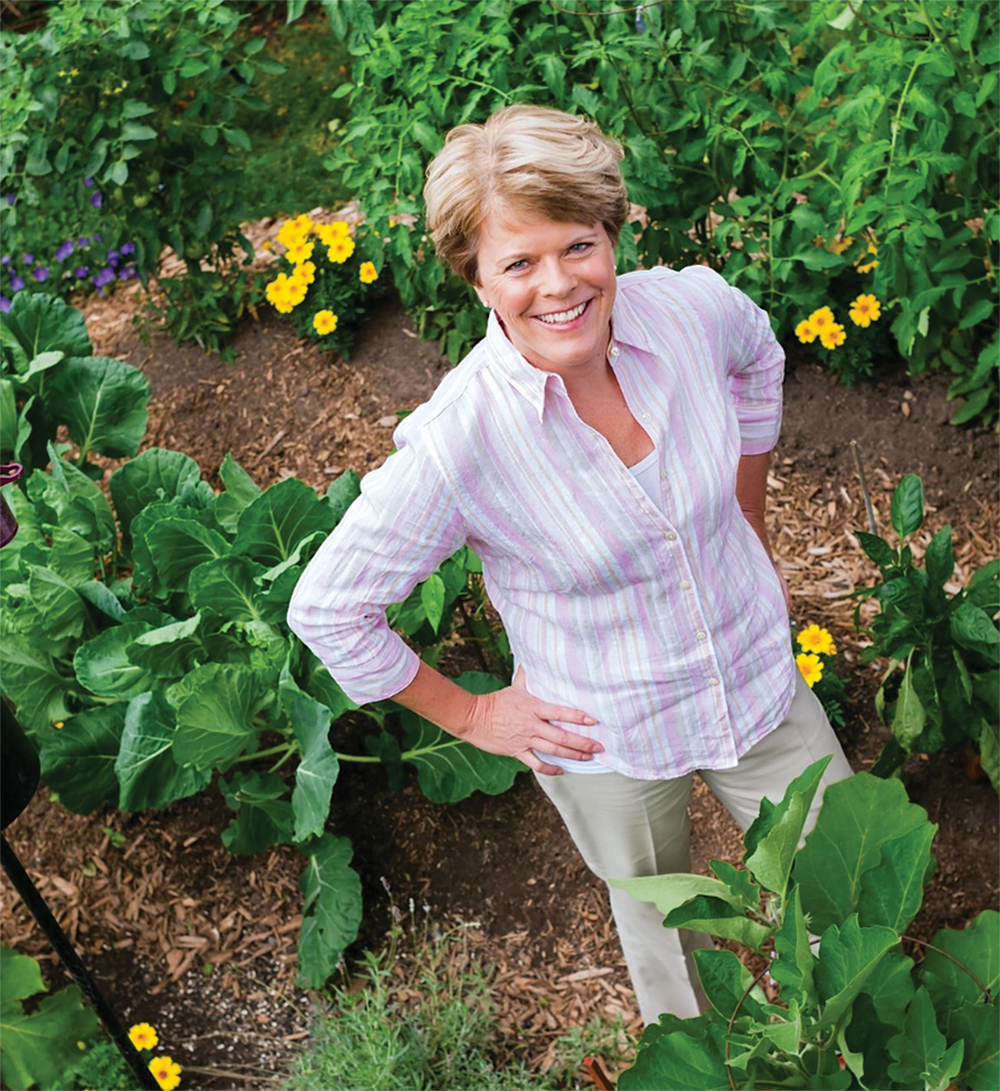
Charlie Dobbin is an internationally known horticulturist, landscape designer and master gardener. She hosts The Garden Show on Zoomer Radio AM740/96.7FM on Saturday mornings—also available as a podcast on iTunes—and the VisionTV documentary series Healing Gardens.







